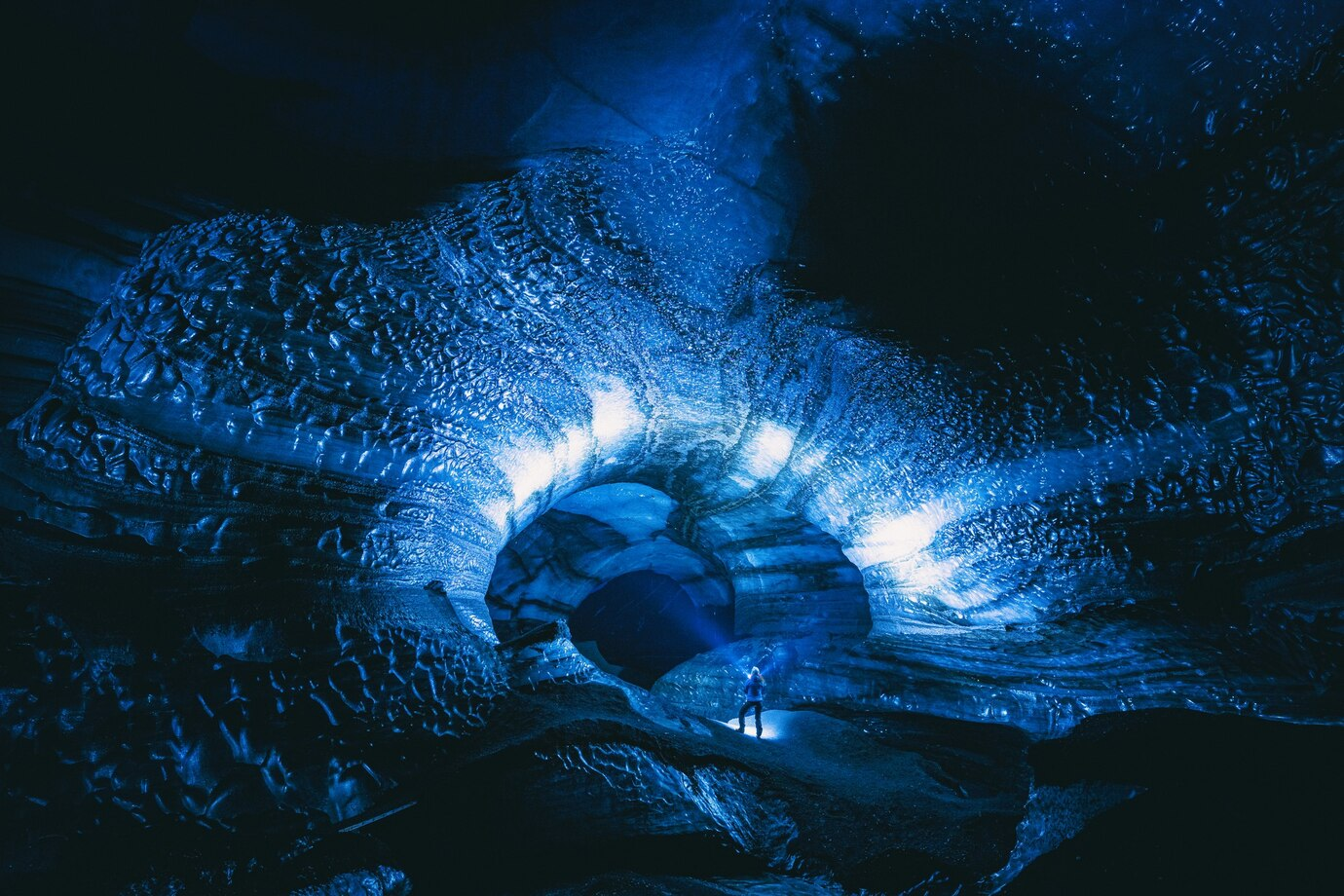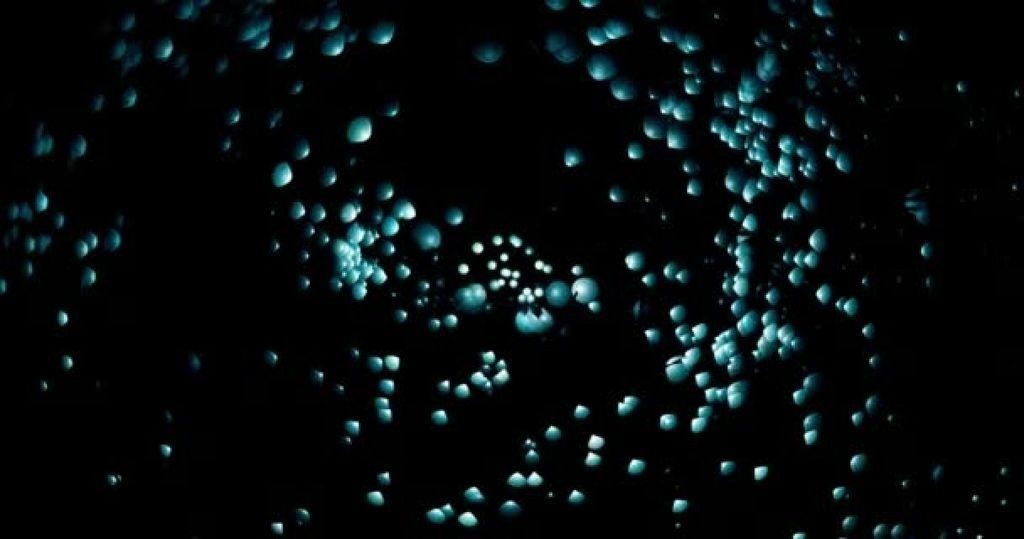Fireflies, often referred to as lightning bugs, are captivating creatures that showcase the extraordinary ability to produce light. These enchanting insects can be found in various parts of the world, most prominently gracing the stage during the twilight hours of summer evenings. Their bioluminescent displays, resembling an eloquent dance of illumination, serve both as a courtship ritual and a means of deterring predators, transforming these seemingly delicate creatures into natural wonders.
Historical Legacy and Global Distribution
The history of these radiant worms weaves an intriguing tapestry, dating back to the ancient Greek scholar Aristotle, who marvelled at their enigmatic allure in his work “History of Animals.” Over time, scientists from all corners of the world have joined in a collective symphony of observations and studies. Currently, glowing worms with Paddle Board Rotorua can be found on every continent, except the barren expanses of Antarctica.
The majority of these incandescent beings belong to the Lampyridae family, which thrives in damp environments, particularly swamps and marshes where they can be close to water sources and moisture. This close relationship with moisture is essential for their respiration. Among the most common representatives of this luminous family is the firefly, which uses brief bursts of yellow-green luminescence as part of its courtship ritual. These nocturnal performances grace meadows and fields when daylight yields to the night.
Marine environments, such as coral reefs, also witness the vibrant presence of marine glowworms. Engaged in the intricate choreography of the food chain, they prove to be vital participants in underwater banquets.
Anatomy and Physiology of Luminous Worms
The luminosity of these captivating worms is not a random occurrence in nature but a result of their complex physiology and anatomy. Initially, they may appear as ordinary earthworms, but their brilliance comes from specialized photophore cells filled with luciferin. The magic of bioluminescence occurs as luciferin combines with oxygen and calcium ions, orchestrating a captivating display of radiant artistry.
Their luminosity is not a monotonous display; instead, these worms control their brightness through specific muscular contractions and expansions. This dynamic interplay regulates the release of luciferin, allowing them to adjust their luminous intensity, similar to a virtuoso conducting the crescendo and diminuendo of a spectral serenade. When predators approach, they can cloak themselves in darkness, adapting to evade detection.

Behaviour and Ecology of Luminous Worms
The behaviour and ecology of these enigmatic creatures, commonly known as fireflies, are a source of fascination for both scholars and the general public. They typically reside in proximity to freshwater bodies, finding solace in ponds, swamps, and streams. The twilight hours mark their emergence from aquatic habitats to forage for sustenance, whether in the form of invertebrates or nectar from blooming flowers. These twilight hours also transform into an ethereal mating dance and serve as a beacon that wards off encroaching shadows.
Their ecological footprint mirrors the threads of their behaviour. Gathering around freshwater bodies exemplifies their resourceful habitation. However, competition and environmental changes may prompt these illuminating beings to disperse, thus replenishing genetic diversity and exploring new ecological frontiers. As one canvas fades, others await in their biological gallery.
The Uses and Significance of Bioluminescent Worms
These unassuming bioluminescent worms, distributed across the globe, extend beyond mere curiosities. They illuminate the path for scientific endeavours, unveiling the secrets of bioluminescence. In their radiant displays, scientists uncover insights into how organisms harness their luminous charm, which may eventually find applications in fields like medical imaging or providing illumination in areas devoid of modern electricity.
Beyond their scientific value, these radiant beings also serve as a crucial source of sustenance for select nocturnal predators, including fish, amphibians, and reptiles. During times of scarcity, these creatures become an indispensable culinary delight, sustaining life when alternative sources of nourishment are scarce.
In Conclusion
Glowing worms, the celestial custodians of the night, enchant people of all ages as they traverse the globe. Their diminutive forms belie their true nature, as they are both innocent and enchanting. As we delve deeper into their world, we uncover the secrets of their bioluminescent brilliance, drawing inspiration from the heart of nature’s artistry.
